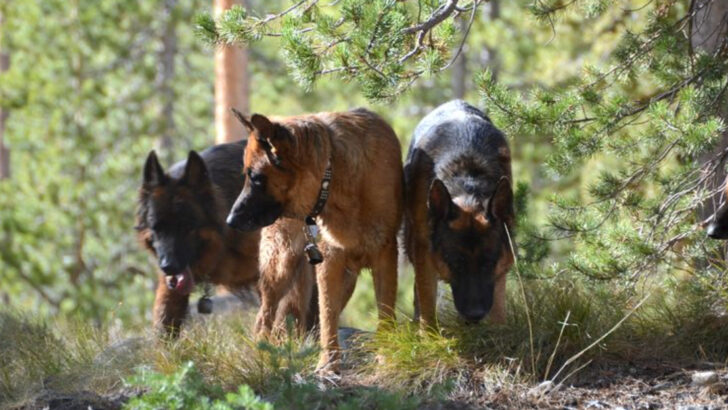Your dog might be snuggled up on the couch, but don’t be fooled—there’s still a wild predator lurking beneath all that fluff. No matter how domesticated they seem, dogs have instincts straight from their wolf ancestors.
From the way they eat to the way they play, some of their behaviors are straight out of the wild. That harmless digging in the yard? It’s an ancient survival tactic. The circling before they lie down? Wolves do it too.
Centuries of domestication haven’t erased these instincts—they’ve just been softened. But make no mistake, your lovable pup is still carrying the spirit of a wolf, even if they’re more interested in treats than hunting prey.
Let’s take a closer look at 14 wild instincts your dog still holds onto—and why they just can’t shake their inner wolf!
Pack Mentality
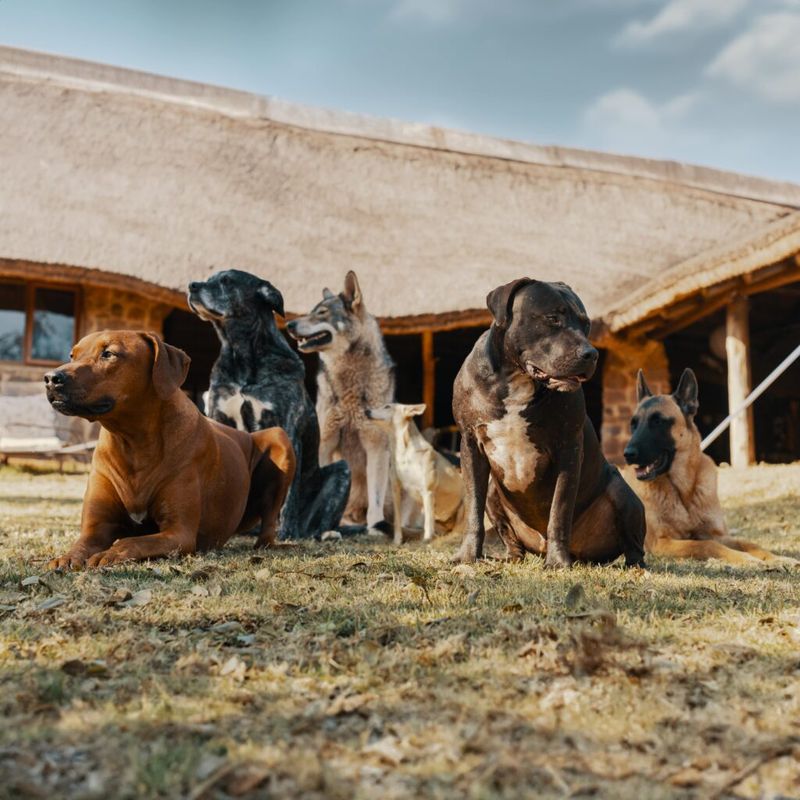
Dogs and wolves thrive on social structures, evident in their instinctive pack mentality. This trait manifests when dogs seek out social interaction, be it with humans or other dogs. Given their wild ancestry, dogs are innately driven to connect, mirroring the complex social hierarchy seen in wolf packs. Dogs often display loyalty and teamwork, reminiscent of wolves working together for survival. These behaviors are deeply embedded in their DNA, fostering bonds and ensuring mutual support within the group. Such instincts also explain why dogs may experience separation anxiety, emphasizing their need for social bonds.
Territorial Marking
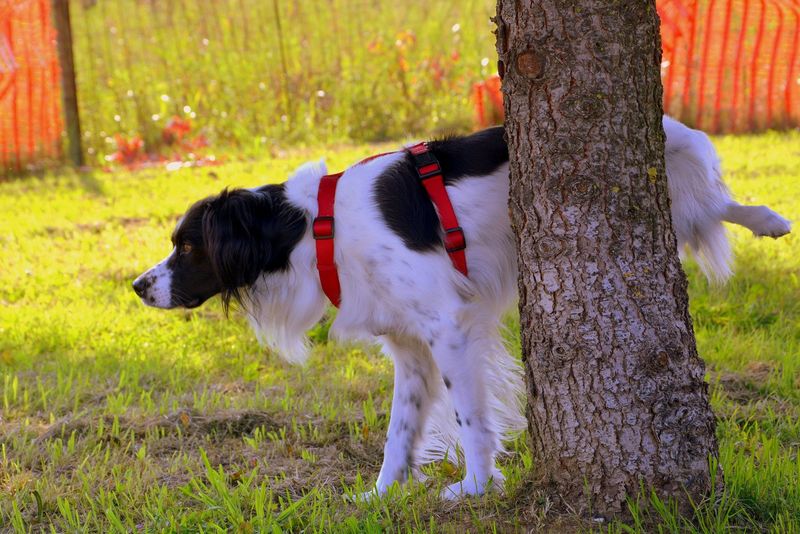
Territorial marking is a shared instinct between dogs and wolves, serving as a communication tool. Both species use scent marking to delineate territory, convey presence, and establish dominance. Dogs often urinate on objects during walks, a behavior rooted in their ancestral need to claim land and communicate with others. Wolves, in the wild, mark their territory to fend off intruders and signal pack strength. This instinct highlights the importance of territory in canine psychology, explaining why dogs may react defensively to unfamiliar dogs or humans entering their perceived space.
Hunting Skills
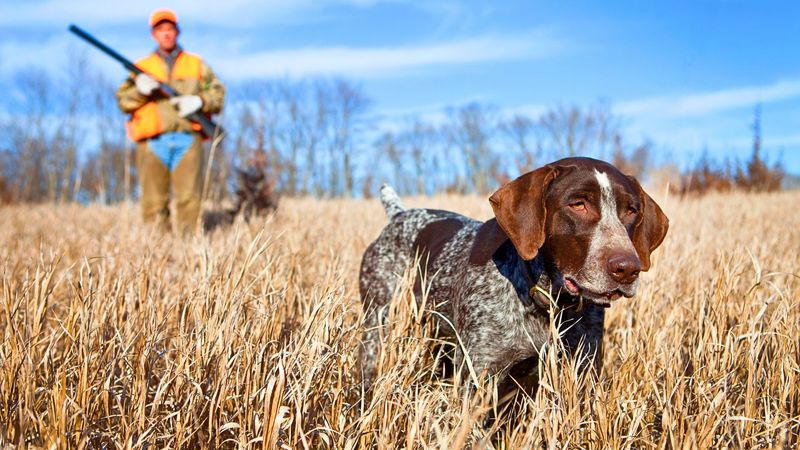
Despite domestication, dogs retain hunting instincts akin to wolves. This drives behaviors like chasing, pouncing, and stalking during play. Such actions are reminiscent of wolves hunting for survival, showcasing an innate predatory drive. Even in domestic settings, dogs exhibit these instincts through play, mimicking the hunt’s excitement and strategy. Providing toys and activities that simulate hunting scenarios helps satisfy these natural urges. Understanding this instinct allows pet owners to engage dogs in stimulating activities, channeling their energy positively and strengthening the human-canine bond through shared play experiences.
Denning Behavior
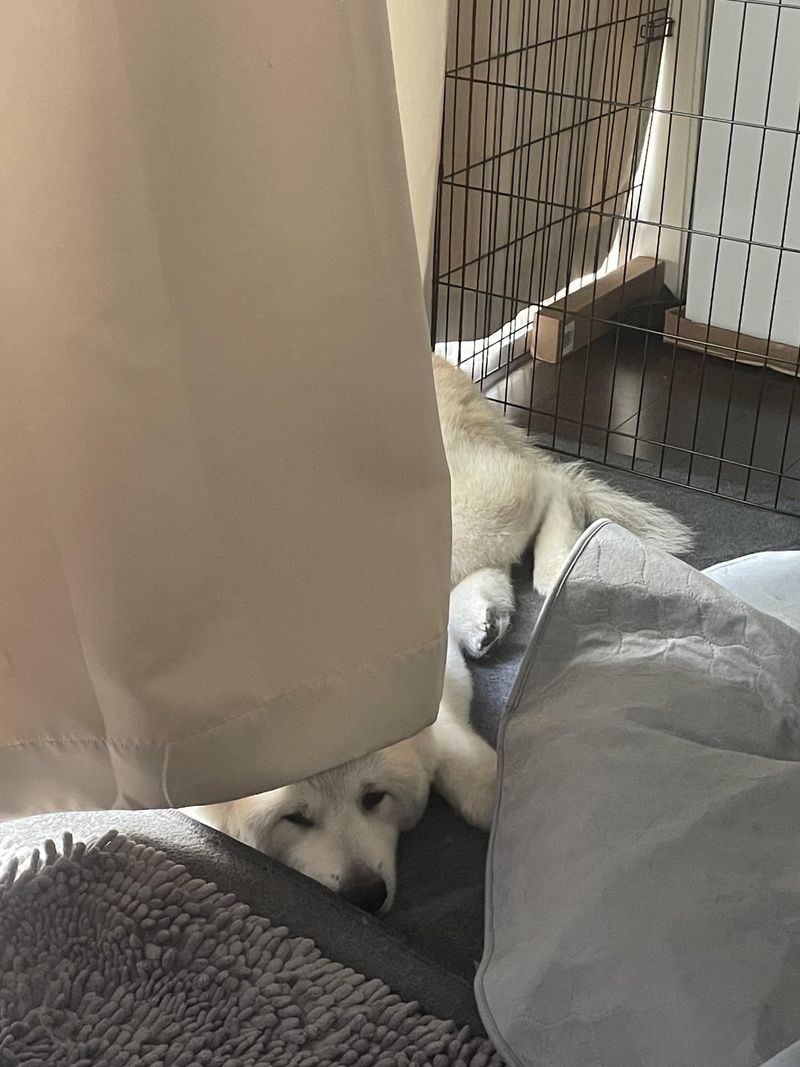
Denning is a primal instinct shared by dogs and wolves, rooted in the need for safety and comfort. Wolves create dens to protect their young and rest, a behavior mirrored by dogs seeking cozy, enclosed spaces at home. This instinct drives dogs to burrow under blankets or retreat to a quiet corner, providing them with a sense of security. Recognizing this behavior helps pet owners create comforting environments for their dogs, catering to their nesting instincts. Providing a designated space or bed can fulfill this need, ensuring dogs feel safe and secure in their surroundings.
Howling Communication
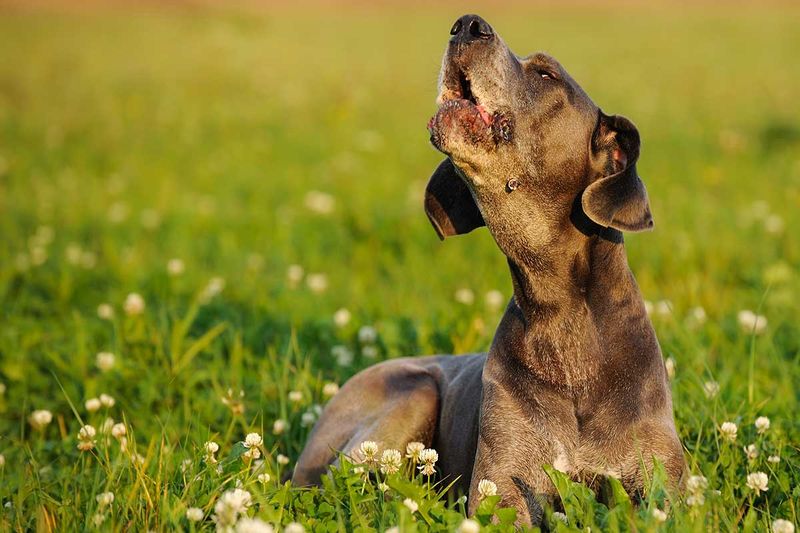
Howling is a vocal form of communication shared by wolves and some domestic dogs. Wolves howl to communicate across distances, establish territory, and strengthen pack bonds. For dogs, howling can be a response to environmental sounds, expressing emotions, or seeking attention. This instinctual behavior connects them to their wild roots, highlighting their communication capabilities. While not all dogs howl, those that do often mirror the eerie, haunting tone of their wolf ancestors. Understanding this behavior allows owners to interpret their dog’s vocalizations, fostering better communication and a deeper understanding of their pet’s needs.
Digging Instinct
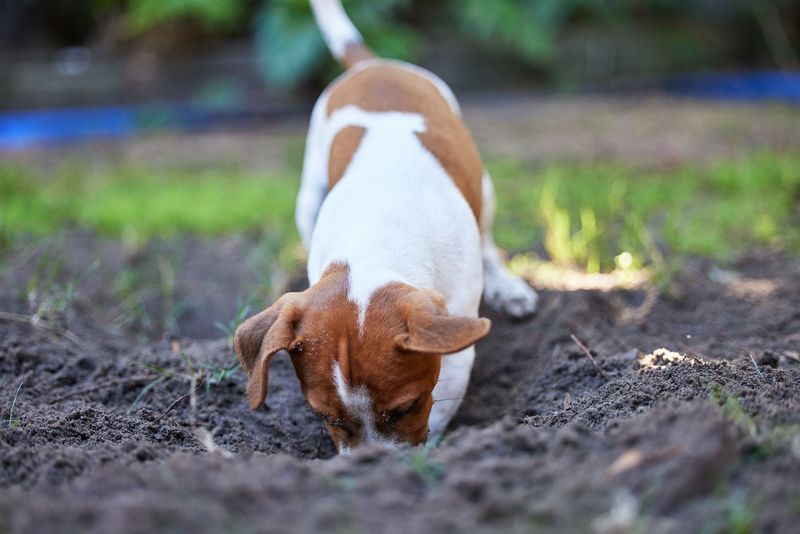
Digging is an instinctive behavior seen in both wolves and domestic dogs, serving various purposes. Wolves dig to create dens, hide food, or find cooler ground. Similarly, dogs may dig to bury toys, find comfort, or relieve boredom. This behavior is deeply rooted in their genetic makeup, echoing the survival strategies of their wild ancestors. For pet owners, understanding this instinct can help manage and redirect digging behaviors. Providing designated digging areas or engaging toys can satisfy this urge, preventing potential garden destruction while keeping dogs entertained and mentally stimulated.
Guarding Instincts
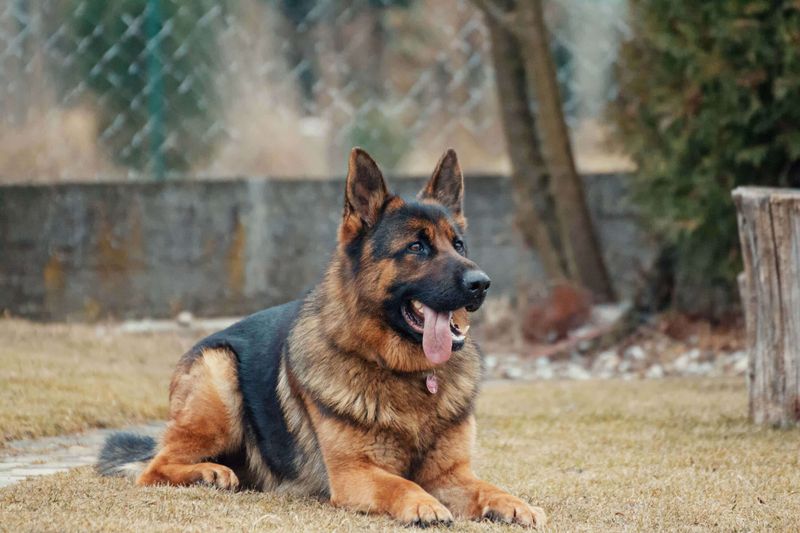
Wolves and dogs share a strong guarding instinct, reflecting their protective nature. In the wild, wolves guard their pack and territory from threats, a behavior seen in dogs protecting their home and family. This instinct manifests as vigilance, barking at strangers, or standing between perceived threats and their loved ones. Understanding this behavior helps pet owners appreciate their dog’s protective nature, while training can ensure appropriate responses. Reinforcing positive guarding behaviors and setting clear boundaries can foster a safe environment, allowing dogs to feel secure in their role as protective companions.
Social Hierarchy
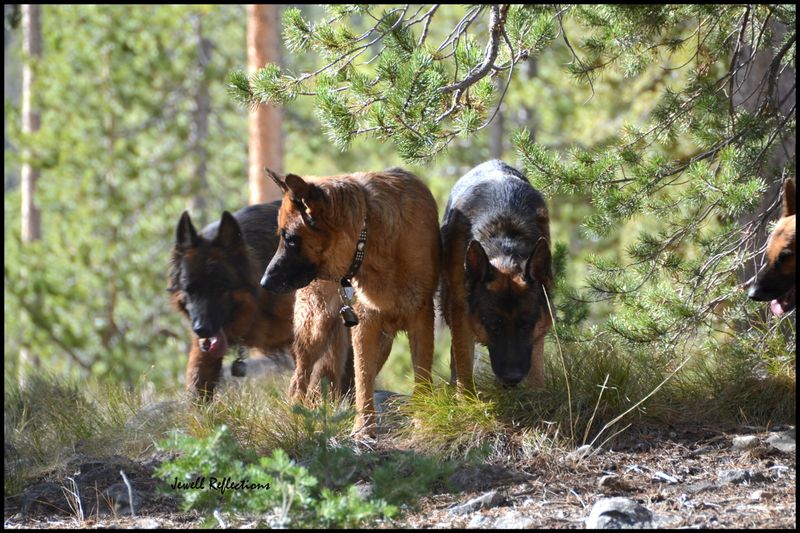
Social hierarchy is a key aspect of wolf packs, mirrored in domestic dogs’ interactions. This instinctual behavior emerges in multi-dog households or social settings, where dogs establish pecking orders. Understanding these dynamics is crucial for harmonious canine interactions, preventing conflicts and fostering cooperation. Dogs, like wolves, naturally defer to a leader, whether human or canine, ensuring structured social interactions. Recognizing and respecting these hierarchies allows pet owners to manage group dynamics effectively. Training and guidance can help reinforce positive behaviors, promoting a balanced and peaceful coexistence among dogs.
Cooperative Hunting
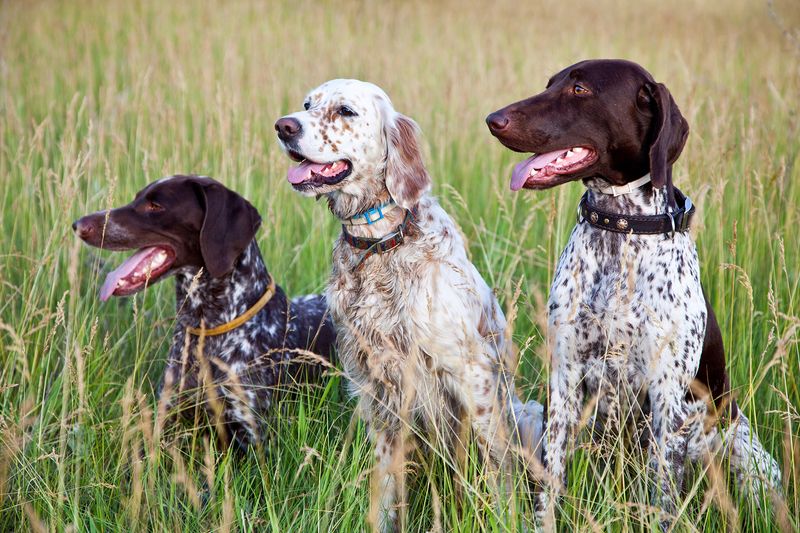
Cooperative hunting is a survival strategy used by wolves, and its essence is seen in dogs during group play. While domestic dogs don’t need to hunt, they display similar teamwork skills in games like fetch or tug-of-war. These activities mirror the strategic collaboration seen in wolf hunts, highlighting their innate ability to work together. Encouraging cooperative play strengthens social bonds and promotes mental stimulation. Pet owners can facilitate this by providing interactive games and opportunities for dogs to engage in group activities, nurturing their ancestral instincts and fostering a sense of community among canine companions.
Feeding Rituals

Feeding rituals in wolves emphasize order and respect, traits reflected in domestic dogs’ mealtime behaviors. In the wild, wolves follow a hierarchy during feeding, ensuring fair distribution. Dogs exhibit similar behaviors, often waiting for permission or exhibiting patience around food. Understanding these rituals helps owners maintain mealtime discipline and prevent resource guarding. Creating a structured feeding environment, respecting each dog’s space and pace, fosters harmony and reduces conflicts. Reinforcing positive feeding behaviors and establishing routines cater to their instincts, promoting a peaceful cohabitation during meals and strengthening trust between pets and owners.
Prey Drive
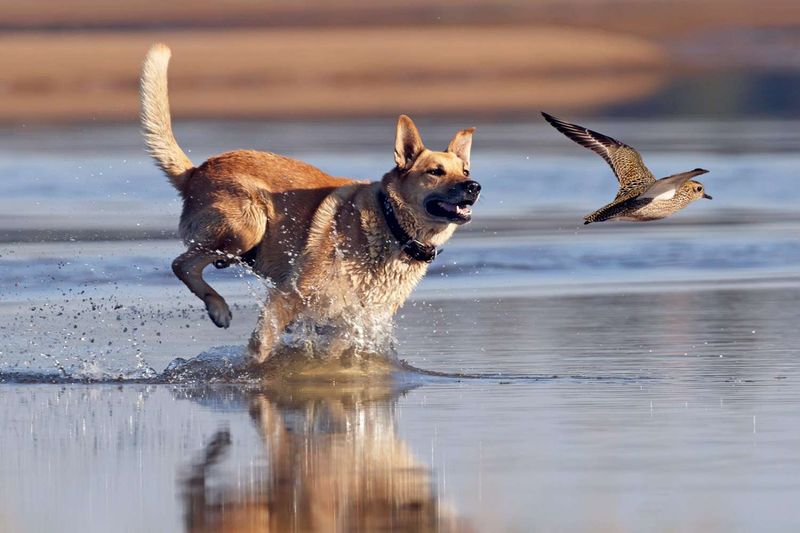
Prey drive is a powerful instinct shared by wolves and dogs, influencing behaviors like chasing and capturing. This natural urge stems from their ancestral need to hunt for survival. In domestic dogs, prey drive manifests in chasing squirrels, birds, or even toys. Recognizing this instinct helps owners direct energy positively, using activities that mimic the hunt. Engaging dogs in fetch or agility training satisfies their predatory urges, providing mental and physical stimulation. Understanding and managing prey drive ensures safety for both dogs and wildlife, while fostering a fulfilling and balanced lifestyle for pets.
Scent Rolling

Scent rolling is an intriguing behavior observed in both wild wolves and domestic dogs. This instinct involves rolling in strong odors, serving as a communication tool or camouflage method. Wolves use scent rolling to mask their own smell or signal pack members. Dogs, similarly, roll in various scents during walks or play. This behavior is rooted in their evolutionary past, showcasing their complex sensory world. By understanding scent rolling, pet owners can provide enriching environments that cater to their dogs’ sensory needs. Offering safe opportunities to explore scents enriches their lives, making walks and playtime more enjoyable.
Vocal Communication
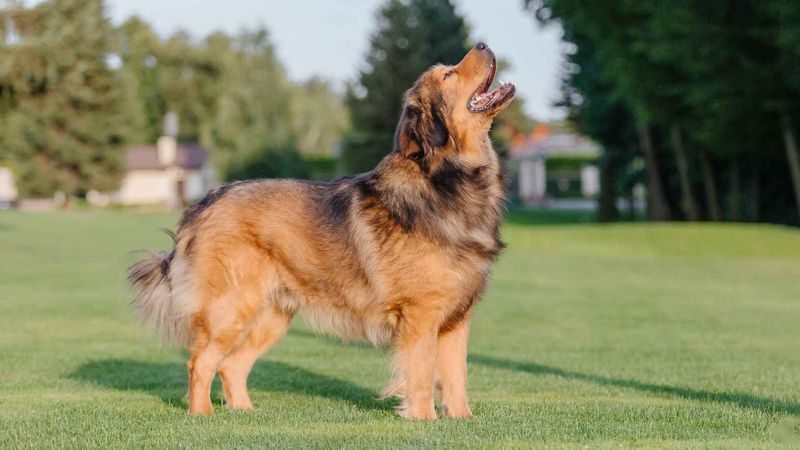
Vocal communication is a shared trait between wolves and dogs, facilitating interaction and expression. Wolves use a range of vocalizations, from howls to whines, to convey emotions and signals. Domestic dogs mirror this with barks, growls, and yips, each sound carrying specific meanings. Understanding these vocal cues allows owners to interpret their dog’s needs and emotions better. Responding appropriately to vocalizations fosters a deeper bond and enhances communication. Training can help manage excessive barking, ensuring vocal behaviors remain positive and purposeful. This shared trait highlights the sophisticated communication skills inherited from their wild ancestors.
Pacing and Patrolling

Pacing and patrolling are instinctive behaviors seen in both wolves and domestic dogs, reflecting territorial awareness. Wolves patrol their territory to mark boundaries and detect intruders, a behavior mirrored by dogs in their home environment. This instinct is particularly strong in certain breeds, driving them to pace along fences or patrol their living space. Understanding this behavior helps owners appreciate their dog’s need for a secure environment. Providing a well-defined area for patrolling satisfies this instinct, reducing anxiety and promoting a sense of purpose. Recognizing these actions fosters empathy and strengthens the human-canine relationship.

